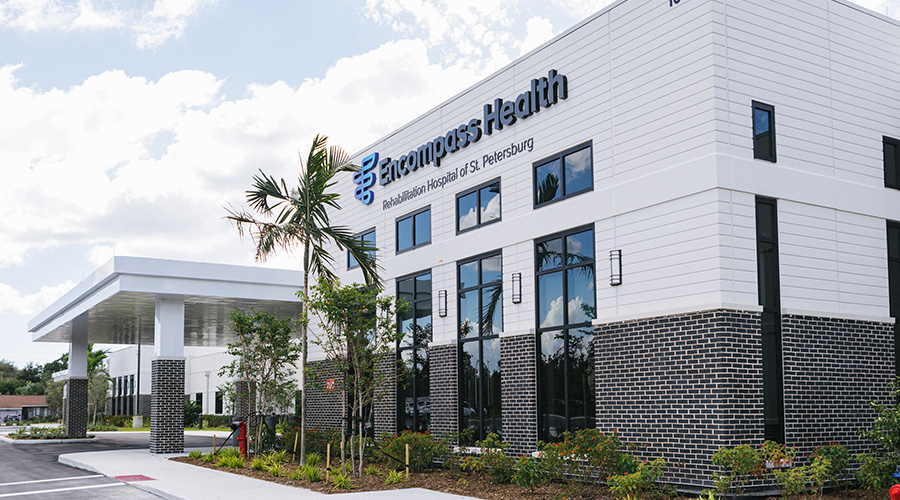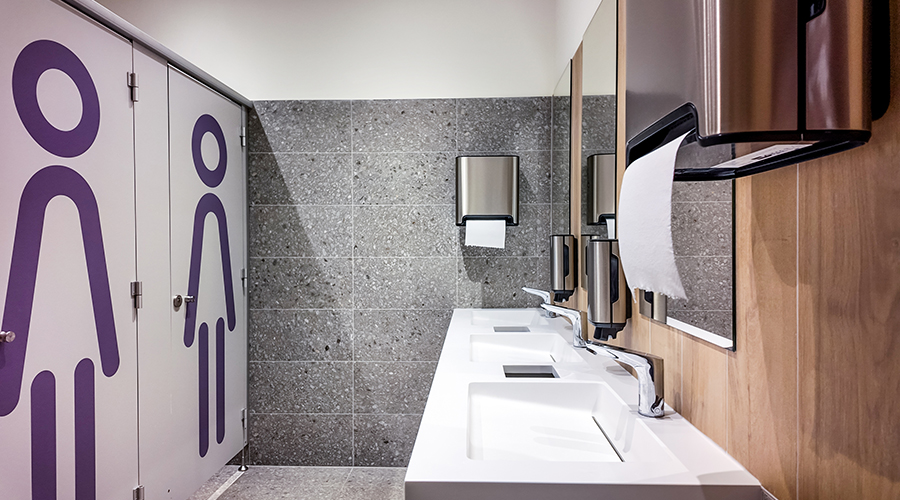Chicago hospitals that have undertaken green initiatives have recently been sharing their experiences and successes as participants in the Chicago Green Healthcare Initiative (CGHI). CGHI was formed in 2012 with support from a U.S. Environmental Protection Agency (EPA) grant to help accelerate the implementation of energy efficiency activities in the healthcare sector, and it continues with support from the Joyce Foundation, according to an article on the Healthcare Design website.
CGHI provides technical support and organizes peer exchange meetings among facility managers who are implementing or considering energy efficiency improvements.
Chicago hospitals have implemented a range projects to conserve energy, including retrofitting countless lamps and exit signs, adding variable frequency drives to pumps and fans, installing occupancy sensors, tuning up boilers, installing pipe insulation, and developing LEED-certified buildings, the article said.
According to the article, CGHI was established to accelerate the pace of energy-efficiency improvements and achieve greater reductions in energy use and greenhouse gas emissions, more comprehensive approaches are needed—approaches that allow hospitals to identify the full range of opportunities available and take action on them.
Chicago facilities are exploring five major initiatives:
• Benchmarking the energy performance of a building to set a starting point from which to measure changes. This allows building managers to compare the energy consumption of their buildings to that of similar buildings.
• Conducting facility energy assessments to quantify how and where energy is being used at a facility, primarily by looking at the efficiency of individual pieces of equipment.
• Establishing life cycle cost over first cost of initiatives to quantify the total cost of ownership of a piece of equipment, building system, or facility.
• Retrocommissioning to recalibrate and optimize the operating schedules of equipment, identify malfunctioning equipment, and quantify no-cost and low-cost energy saving improvements.
• Sharing experiences to learn what’s going on at other institutions.
Read the article.

 A 'Superbug' Is on the Rise in Hospitals
A 'Superbug' Is on the Rise in Hospitals The Next Generation of Security Tech in Healthcare Facilities
The Next Generation of Security Tech in Healthcare Facilities Encompass Health Rehabilitation Hospital of St. Petersburg Opens
Encompass Health Rehabilitation Hospital of St. Petersburg Opens Why More Facilities are Adding Gender Neutral Restrooms
Why More Facilities are Adding Gender Neutral Restrooms Massachusetts Hospital Cyberattack Reflects Growing Vulnerability in Healthcare Systems
Massachusetts Hospital Cyberattack Reflects Growing Vulnerability in Healthcare Systems